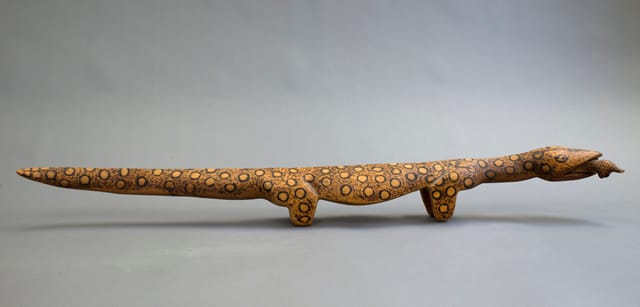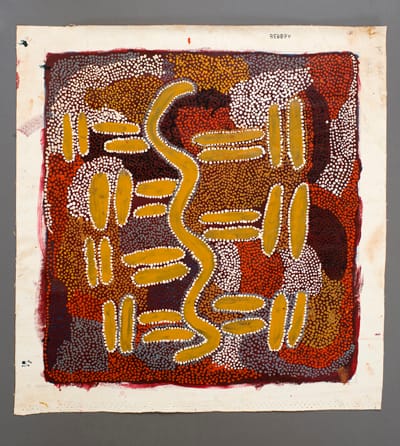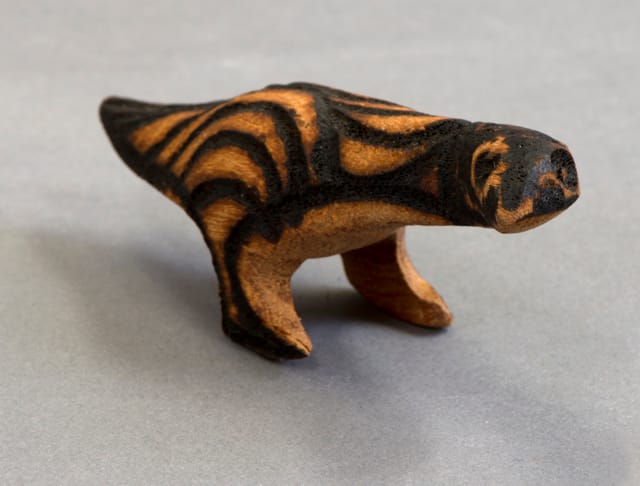Digital Repatriation Through an Aboriginal Art Archive
Artifacts in museums — in an effort for preservation — are often placed out of reach of the communities with which they are entwined. One way museums are bridging this divide is digitization, and with this purpose in mind, the South Australian Museum is currently undertaking a massive project to pho

Artifacts in museums — in an effort for preservation — are often placed out of reach of the communities with which they are entwined. One way museums are bridging this divide is digitization, and with this purpose in mind, the South Australian Museum is currently undertaking a massive project to photograph and catalogue each and every one of the objects in their Aboriginal Material Culture Collection.

The collection, the largest of its kind with tens of thousands of objects, spans the whole country of Australia with collecting going back to the mid-19th century. It includes everything from delicate, minuscule carvings to bark paintings to weapons to whole canoes, as well as audio recordings, so the digitization process is an ongoing and complicated one. Yet with this open access they hope to bring at least a digital connection with these objects to Aboriginal communities throughout Australia, many of whom live in remote locations far from the museum in Adelaide.
Museum anthropologist Peter Sutton noted that these artifacts are not just significant as history, but as “transactions in relationships” between “makers and collectors,” as well as “between makers and the people who provide their source materials, between owners of symbols, and those who shape their material forms.”
“Museum artifacts also carry new relationships, between the descendants of makers and the institutions that care for their ancestors’ works beyond single lifetimes,” Sutton told Hyperallergic. “In so many cases, the objects are simultaneously both public heritage and family heirloom. This is the case with this particular and unique collection.”



The museum has been repatriating requested objects for decades, yet many of these objects need special preservation due to their age or delicate nature and have remained at the museum. Sutton emphasized that the greatest aspect of the digitization project was as a “defeat of the distance that has traditionally separated the richness of the world’s material cultures from those who would know them better, including those of their communities of origin.”


Part of the digitizing project is being respectful of the fact many of these objects are not just objects of the everyday, but are sacred. To this end, sensitive ceremonial objects will have restricted access, and the software for the database will help to manage these sacred objects and determine how widely or narrowly they are shared.
The museum’s release notes that part of this “digital repatriation” is to “help reinforce Australian Aboriginal identity in communities that have been fragmented since European contact.” While the opening of such a large collection to the world will undoubtably increase opportunities for research into Aboriginal art and cultural history throughout the world, what is most significant is returning these objects in some way to the communities where they mean the most, even if that’s in a digital, rather than a physical, way.





